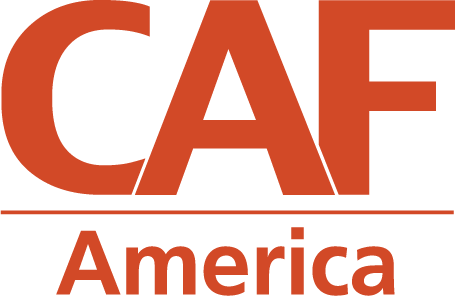No Results Found
The page you requested could not be found. Try refining your search, or use the navigation above to locate the post.
Partner with a leader in cross-border giving
We invite you to ask us about giving through our vetted global network.
Join our mailing list
Stay up to date on the latest trends and stories in cross-border philanthropy.
